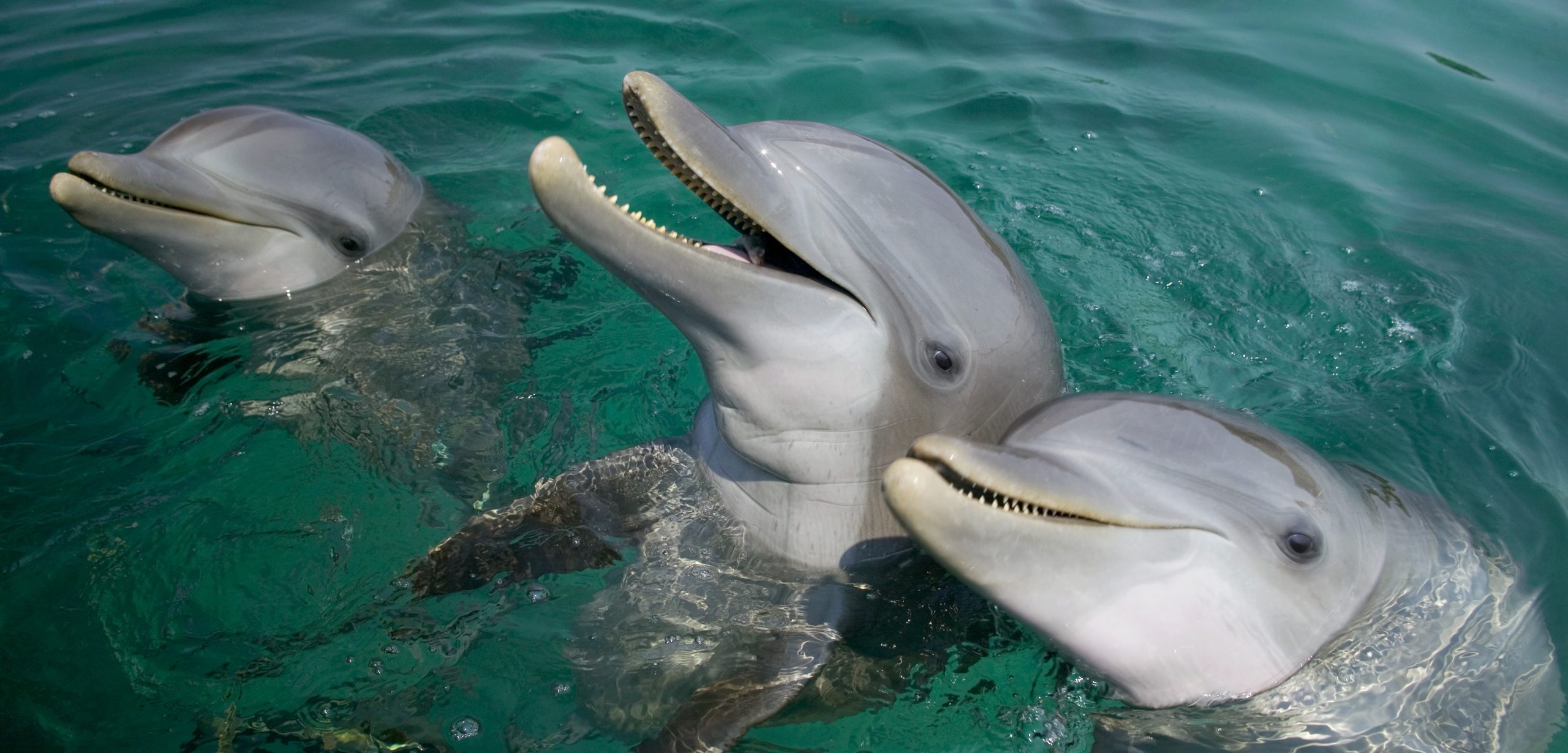Free Willy
Turns out some cetaceans just can’t keep their flippers to themselves.
Article body copy
Many cetaceans, from dolphins to porpoises to whales, have no qualms getting friendly across species lines. In a recent study, scientists looked at 20 species that have been known to produce hybrid offspring—akin to ligers or mules—in captivity or in the wild.
“There are so many pairs that can mate across species lines,” says Carla Crossman, a molecular and marine biologist at the Vancouver Aquarium Marine Science Centre. Yet, in the ocean, hybrid offspring are incredibly rare.
While opposites may sometimes attract, Crossman found that some species are more likely to get randy than others. Cetaceans that have interspecies sex often have similar body sizes, ranges, and vocal signals.
For many cetaceans, accurately recognizing vocal signals is an important skill. Caribbean sperm whales, for example, can recognize one another by their distinctive regional accent, and humpbacks sing in search of a mate. Being so attuned to each others’ vocalizations, it’s perhaps unsurprising that cetaceans will try to mate with those that sound the most like them.
But is interspecies mating just a case of mistaken identity? Perhaps in some cases, says Crossman. Sticking with your own species has strong evolutionary advantages. Most hybrid offspring die young or are infertile, so cross-species mating isn’t a strong strategy for passing on genes. But interspecies sex may impart some reproductive advantages and many cetacean species will sometimes mate for purposes other than reproduction.
In the Bahamas, Atlantic bottlenose dolphins and Atlantic spotted dolphins frequently intermingle, playing and foraging together, and even babysitting for one another. Yet young male bottlenose dolphins often use their size advantage to force themselves sexually on female spotted dolphins.
“There might be some kind of dominance effect, a king of the castle thing,” says Crossman. “If I can mate with you, then I am better than you.”
Young males may also mate with another species, or with females that are too old to breed, to practice their sexual performance skills, explains Crossman.
Cetacean sex is complicated, and practice makes perfect. “You have hold your breath underneath the water and it’s awkward to line up, assuming that the female is receptive to the whole situation. You’re both swimming and then you have to detach and go up for a breath of air. As a young male, you need to practice a lot with others in the off-season, so when it comes time for estrus with your own species, maybe you are doing it better.”

